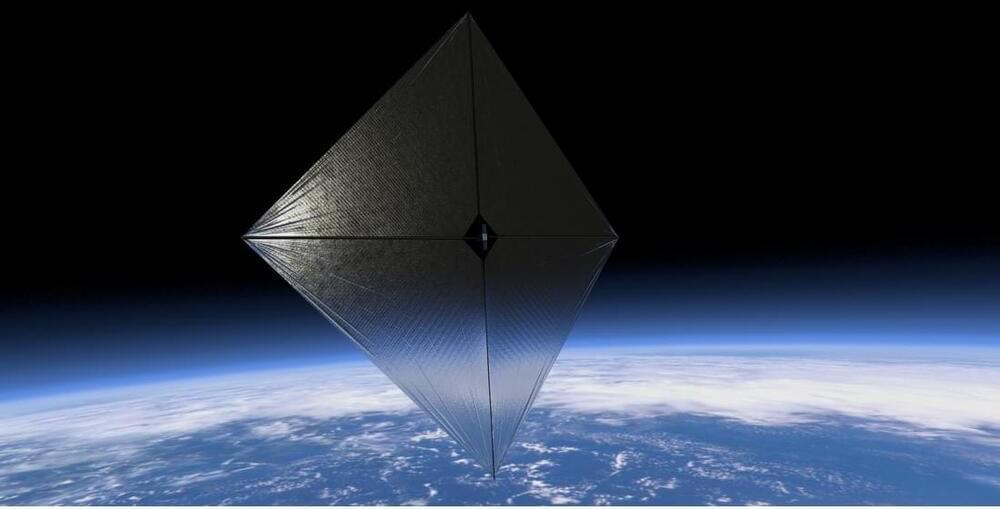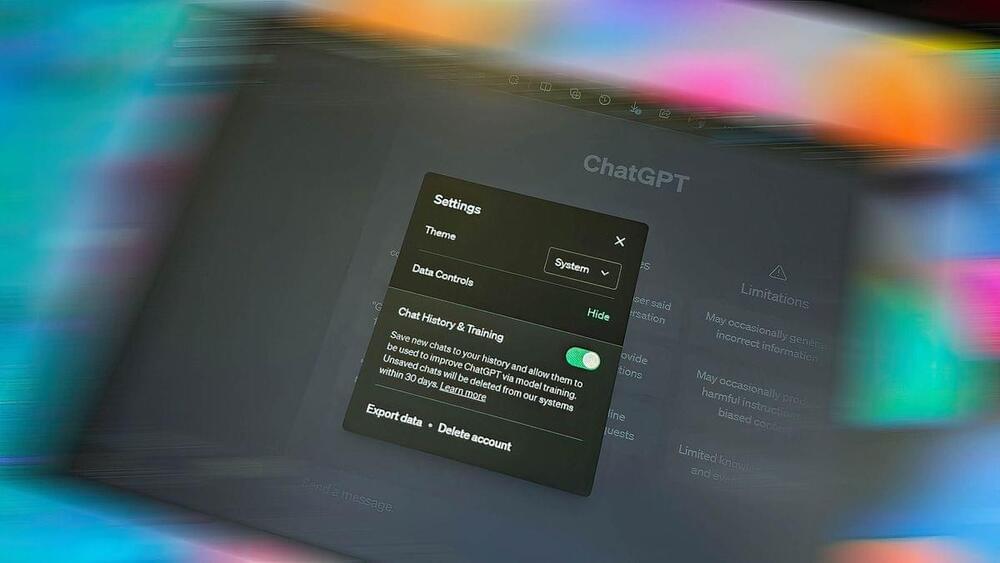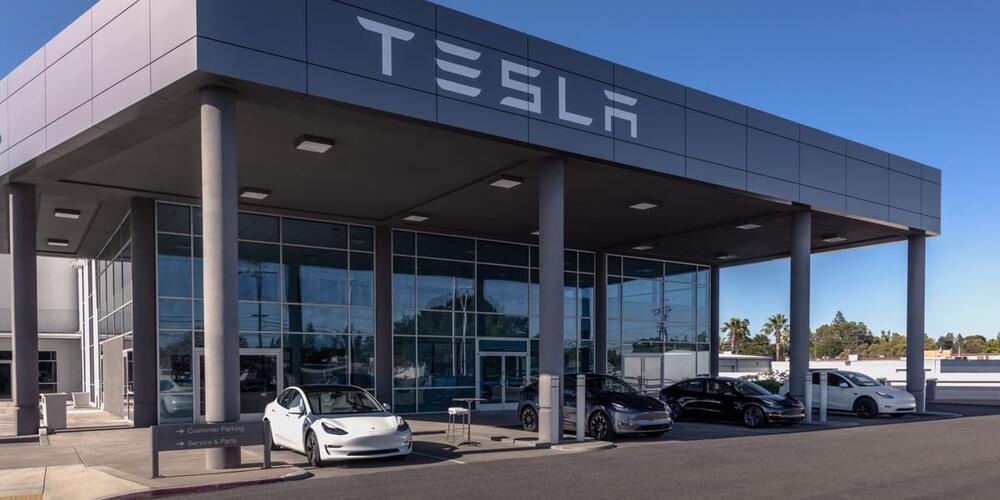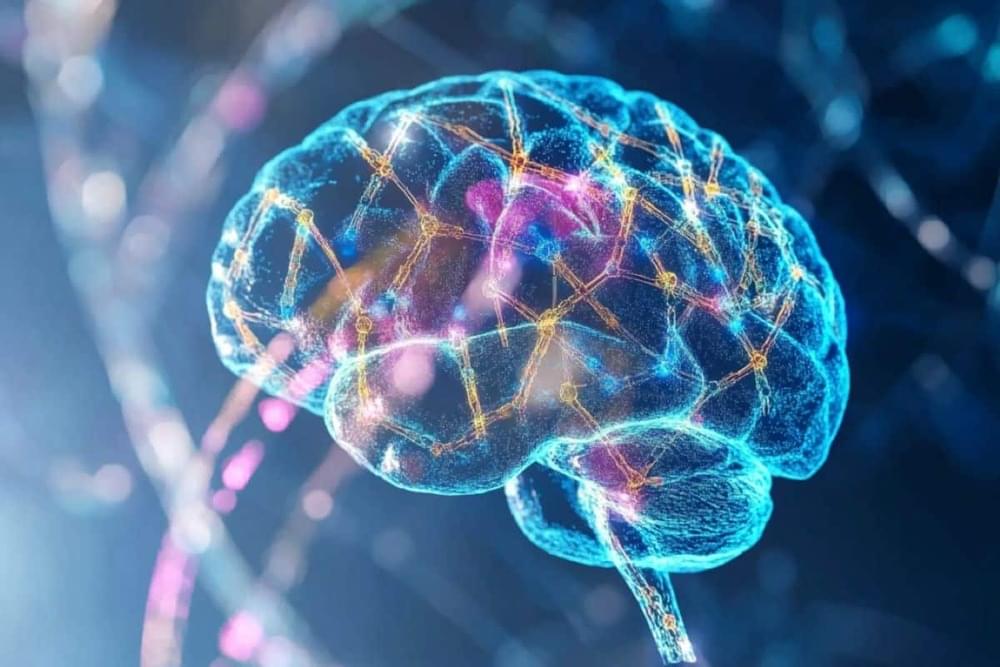Welcome to our historic 24/7 live stream of the magnificent Fuego Volcano, one of the most active volcanoes in the world! For the first time ever, experience the raw power and breathtaking beauty of Fuego live in stunning 4K resolution.
–
Where is this camera?
The wonderful people at Finca San Cayetano are graciously hosting our camera at their resort. You can experience this same view in person by staying at one of their 10 luxury cabins and wake up to the sights and sounds of the majestic Fuego Volcano! Here’s their website: https://sancayetano.gt/. The camera is about 8km away from the top of Fuego. Sometimes you’ll be able to hear the eruptions. Due to the speed of sound, it’ll take about 26 seconds after you see an explosion before you hear it.
–
About Fuego Volcano.
🌋 Location: Guatemala, near the city of Antigua.
🌋 Elevation: 3,763 meters (12,346 feet)
🌋 Type: Stratovolcano.
🌋 Activity: Almost constant activity with frequent explosive eruptions.
–






